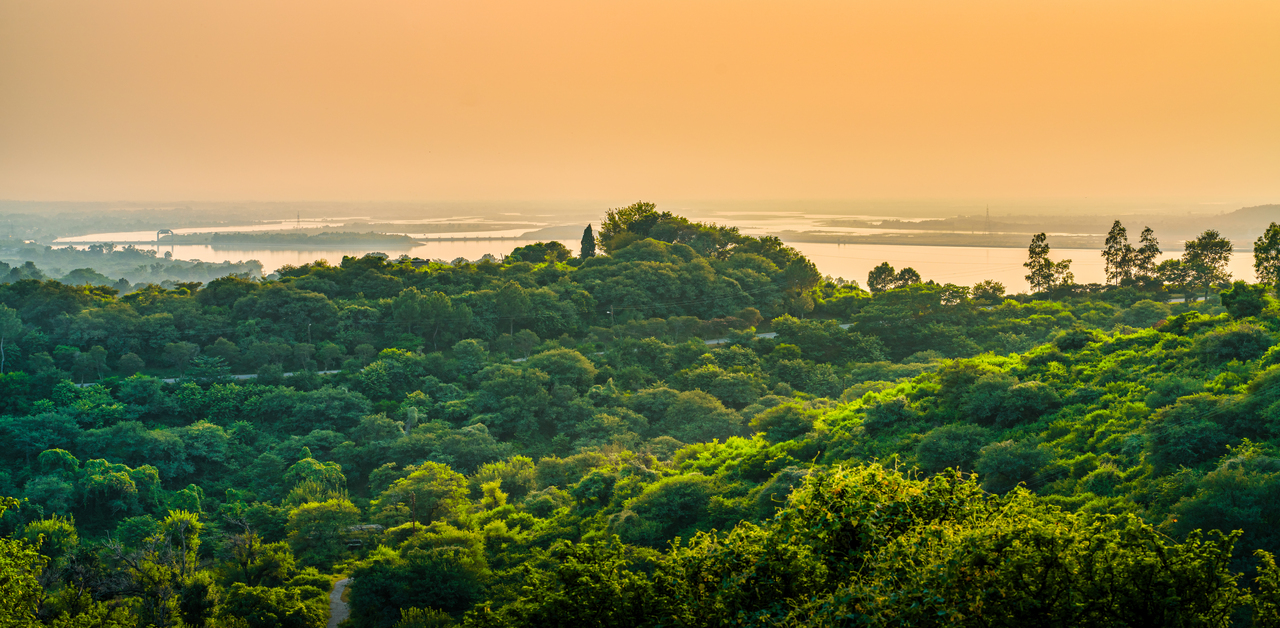Among the many types of forests, tropical evergreen and semi-evergreen forests hold a special place as our planet’s lungs. These forests are renowned for their dense vegetation, tall trees, and unparalleled biodiversity. They are found in areas that get a lot of rain and stay warm all year.
By acting as carbon sinks, regulating the climate, and supporting numerous species of plants, animals, and microorganisms, they contribute significantly to the maintenance of ecological equilibrium.
In this article, we discuss the tropical evergreen and semi-evergreen forests, the distribution of forests, characteristics, flora, and fauna, and their importance, etc.
Table of Contents
Characteristics of Tropical Evergreen Forest(Tropical Evergreen and Semi-evergreen forests)
Tropical evergreen forests(Tropical evergreen and semi-evergreen forests), also known as Rainforests, remain lush and green throughout the year. This is because they are in areas where annual precipitation exceeds 200 cm.
Trees do not shed all of their leaves at once because there is no distinct dry season. Rather, they shed and reapply leaves continuously. The forest appears to be “evergreen” because of this feature.
Here, the trees reach heights of up to 60 meters, forming a dense canopy that blocks sunlight from reaching the ground.
The multi-layered structure of these forests includes:
- Emergent layer- trees that are very tall and rise above the canopy.
- Layer of the canopy-the thick roof of medium-to-high trees.
- Layer beneath the canopy (shorter plants and shrubs),
- Floor of the forest (dark, damp, and lacking sunlight).
If you want to buy a book, “Oxford Student Atlas for India“, then you should visit here.
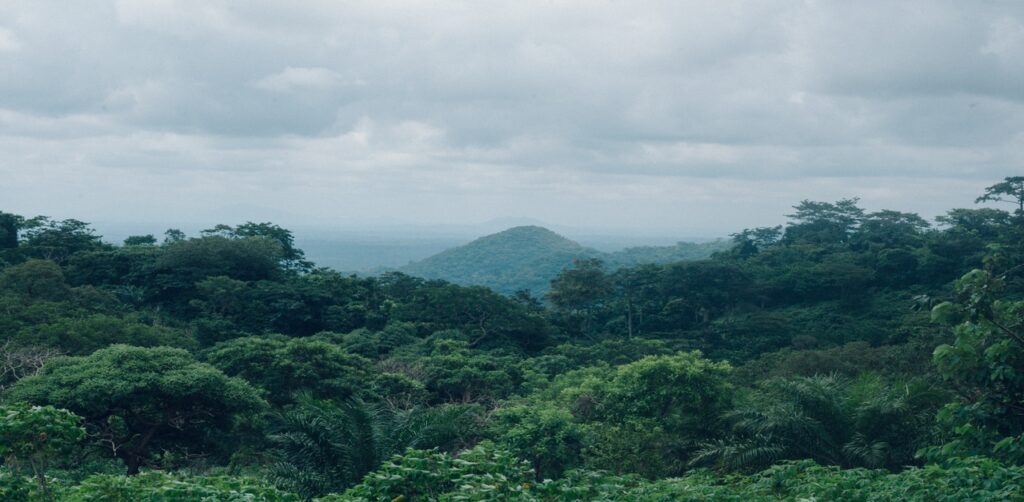
Distribution
The Western Ghats, the Andaman and Nicobar Islands, a portion of Assam, and the northeastern states of India are home to the majority of tropical evergreen forests.
They dominate the Amazon Basin, the Congo Basin, and Southeast Asia in the world.
Flora
Hardwood trees like rosewood, mahogany, ebony, and ironwood can be found in these forests. In order to maximize sunlight absorption, many of the plants here have broad leaves.
The abundance of climbers, lianas, and epiphytes—plants that grow on other plants—enhances the forest’s rich diversity.
Fauna
Wildlife in tropical evergreen forests ranges in astonishing diversity. Here, tigers, leopards, elephants, monkeys, and deer all flourish.
There are also a lot of colorful birds like hornbills, parrots, and peacocks, as well as reptiles like snakes, lizards, and crocodiles.
The ecosystem is completed by numerous microorganisms and insects.
If you want to read an article about soil erosion in detail, then you can click on it.
Importance
1. Biodiversity hotspot: These forests are home to many different species, many of which have not been discovered yet.
2. Climate regulator: They contribute to the fight against global warming by absorbing a lot of carbon dioxide.
3. Supporter of the water cycle: The dense vegetation encourages rainfall and keeps droughts from happening.
4. Economic resources: These forests produce valuable resources like timber, fruits, and medicinal plants.
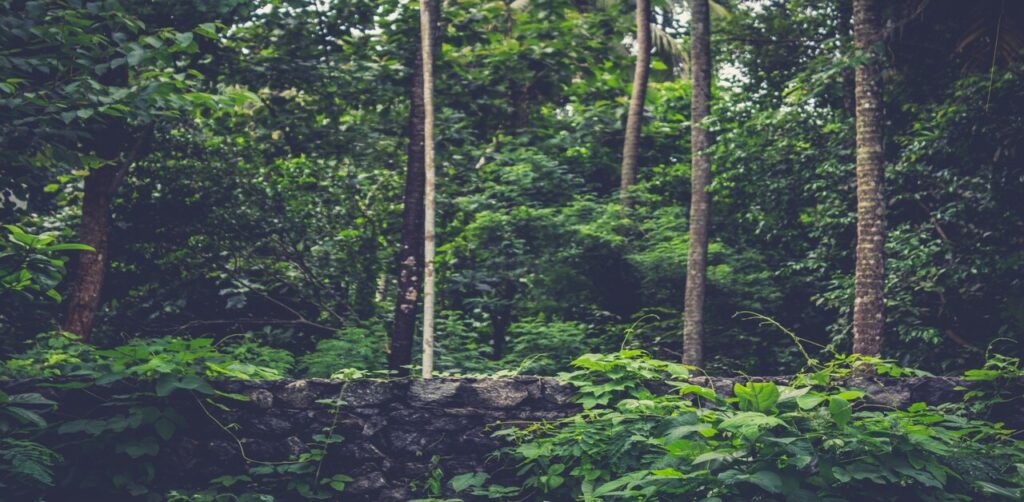
Tropical Semi-evergreen forest(Tropical Evergreen and Semi-Evergreen forests)
Characteristics of Semi-evergreen Forest
Despite having some seasonal variations, semi-evergreen forests(Tropical evergreen and semi-evergreen forests) share many characteristics with evergreen forests.
These forests have a brief dry season and receive 150–200 cm of precipitation annually. As a result, some trees shed their leaves for a brief period, while others remain green. Hence, they are called “semi-evergreen.”
The vegetation is dense but not as impenetrable as evergreen forests. Because the canopy is less dense, a little bit more sunlight can pass through, which helps shrubs and undergrowth grow.
Distribution
Semi-evergreen forests are prevalent in the Western Ghats, Orissa, Assam, and Andaman Islands regions of India.
They are prevalent throughout Central America and Southeast Asia.
Flora
White cedar, hillock, toon, and a variety of bamboos dominate these forests.
There are a lot of evergreen and deciduous trees scattered about, creating a unique combination of plants.
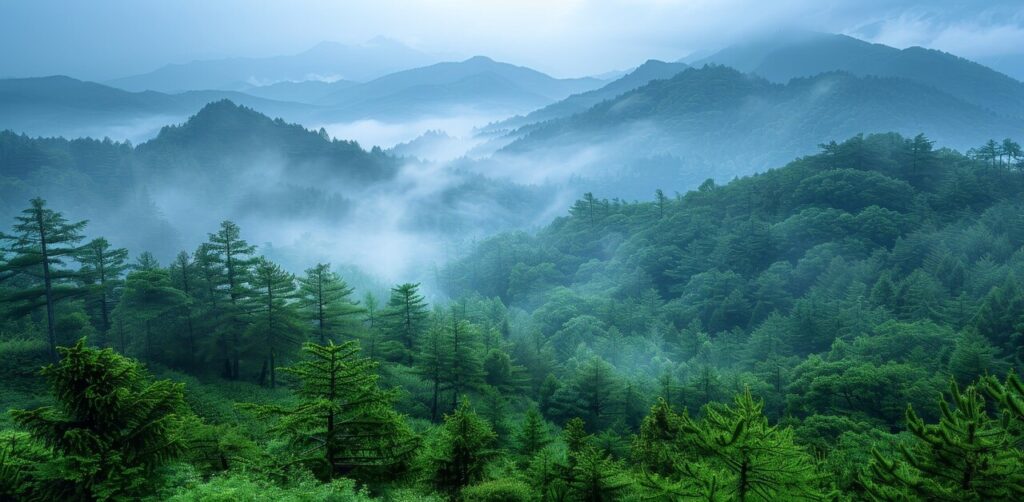
Fauna
Semi-evergreen forests(tropical evergreen and semi-evergreen forests) have a similar animal diversity to evergreen forests, albeit with a slightly lower density.
Elephants, flying squirrels, hornbills, lion-tailed macaques, wild dogs, and other species are frequently observed.
These forests frequently house a vibrant ground-level ecosystem of herbs and shrubs on which many animals rely because more sunlight can reach them.
Importance
1. Ecosystem in transition: They bridge the gap between evergreen and deciduous forests.
2. Wildlife habitat: Provide shelter to many endangered species.
3. Conservation of soil and water: Dense roots aid in the replenishment of groundwater and prevent erosion.
4. Source of livelihood: These forests provide bamboo, timber, honey, and medicinal plants to the local communities.
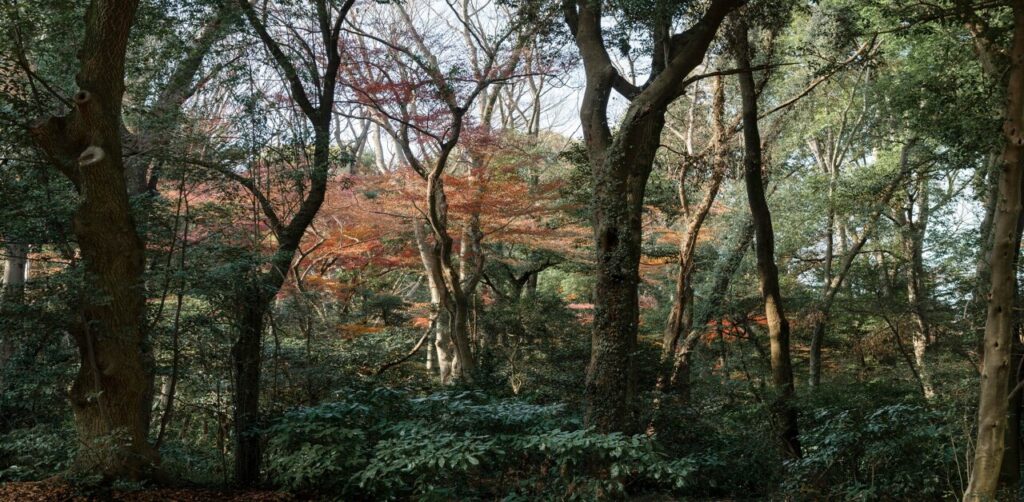
Conclusion
Nature’s treasures are tropical evergreen and semi-evergreen forests. They are valuable to the planet because of their unparalleled biodiversity, ecological significance, and role in human survival.
Sadly, human activities such as deforestation, mining, and urban expansion threaten their existence. The preservation of these forests is about more than just saving trees.
These forests(tropical evergreen and semi-evergreen forests) serve a number of purposes, including stabilizing the climate, assisting indigenous communities, and ensuring the survival of numerous species.
They also serve as a reminder that the health of natural ecosystems and human well-being are inextricably linked.

